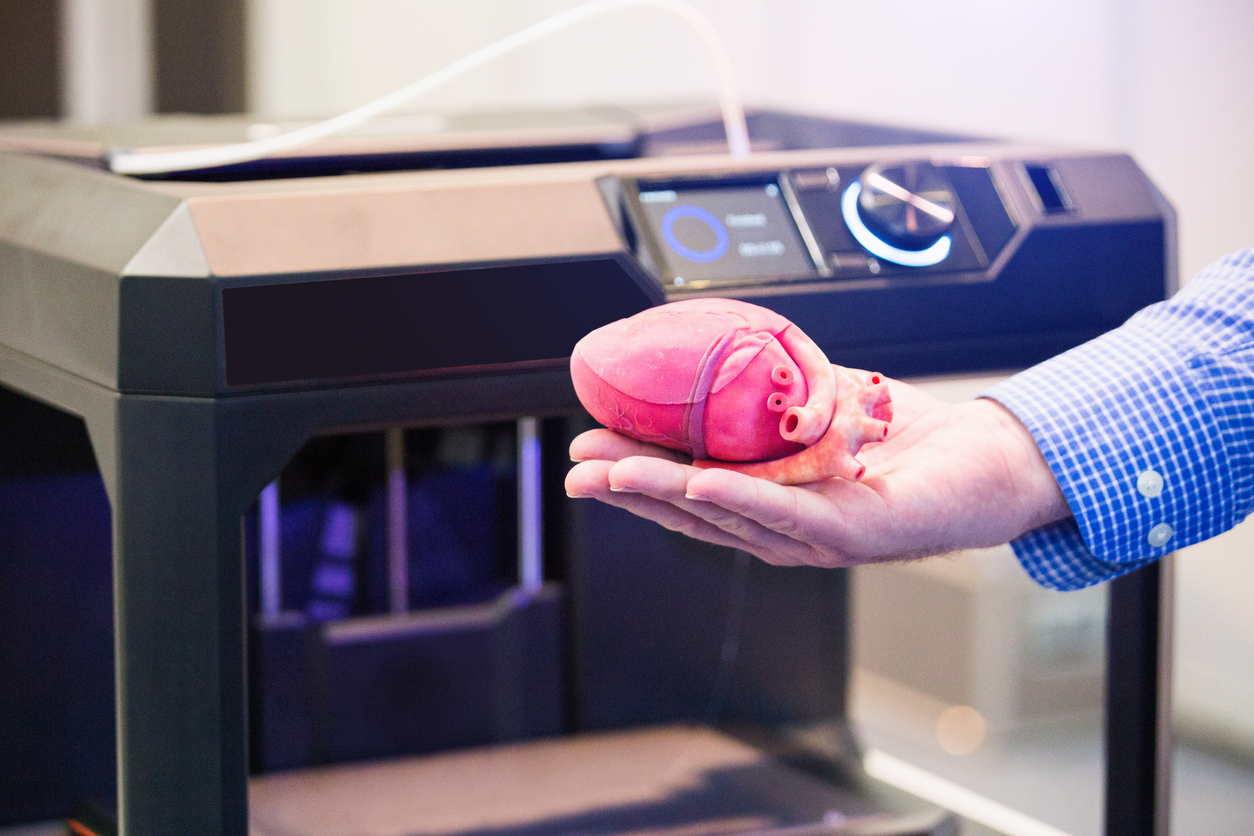
2024 is shaping up to be a watershed year for the surgical field, with cutting-edge advancements in artificial intelligence (AI) and personalized medicine promising to redefine surgical care. Here is a glimpse into the future of surgery:
Rise of Robotics and AI
No trend or buzzword in technology has taken over today’s conversations than AI and its impact is undeniable even in the surgical field. Experts have posited that AI will be integrated more into existing robotic surgery platforms in 2024 and beyond.
Robot-assisted surgical technology offers greater axial movement, scalable motion and resistance to fatigue and tremor, Such capabilities have resulted in less damage to the patient’s body, less pain for the patient, and faster recovery times. Incorporating AI algorithms can possibly further enhance the benefits of robotic surgery by providing better navigation in hard-to-reach areas, reducing technical errors and cutting down operative times.
Innovation and competition in the robotic surgery field have led to instruments becoming even smaller and more flexible, which helps navigation through blood vessels or natural orifices. AI can help surgical robots in guiding surgeons leading to better intraoperative clinical decision making and even performing various surgical tasks such as placing sutures.
VR and AR Takes Over the OR
Virtual reality (VR) and augmented reality (AR) are cutting-edge technologies that not only enhancing surgical training but also improving patient care and redefining the operating room experience.
VR simulators provide realistic, virtual environments for surgeons to practice complex procedures without risk to patients. This safe environment allows for experimentation and repetition, leading to improved skills and proficiency.
Studies have shown that VR training can significantly improve procedural accuracy and completion rates compared to traditional methods. This translates to better surgical outcomes for patients.
VR applications are also being explored to distract and relax patients during surgery. This can lead to lower anxiety and stress for both patients and surgeons, creating a more positive experience for everyone involved.
Meanwhile, AR overlays digital information, such as 3D anatomical models and patient data, directly onto the patient’s body through AR headsets. This allows surgeons to visualize critical structures and plan their next steps with improved accuracy and efficiency.
By providing real-time guidance, AR can help surgeons perform minimally invasive procedures, leading to faster recovery times and reduced patient discomfort. For example, the world’s first pediatric deformity case using immersive AR surgical navigation was recently performed at the Washington University School of Medicine. Ten pedicle screws were successfully placed in the child patient’s body with the aid of 3D image datasets superimposed on the patient’s body as seen through an AR headset.
AR can also facilitate collaboration between surgeons, allowing them to share information and insights in real-time, even in remote locations. This can lead to better decision-making and improved surgical outcomes.
3D Printing: From Scalpels to Scaffolds
3D printing is increasingly being utilized in the design, creation and production of surgical aids, instruments and implants. Based on real-time feedback from surgeons, new tools can be virtually refined and printed overnight, improving efficiency and adaptability.
One advantage of 3D printing is its capability to produce lifelike replicas of a patient’s internal anatomy, generated from their own scans. Surgeons can practice complex procedures on these models, familiarizing themselves with the unique challenges of each case. This personalized training minimizes surprises during surgery, leading to improved patient outcomes and reduced complications.
Scientists are also exploring the viability of 3D-printed organs using biological tissue taken from patient’s bodies with the aim of producing more biocompatible and customized organs than those from donors. Skin has been successfully regenerated through 3D printing and transplanted into patients with extensive burns or ulcers. Meanwhile, scientists at Tsinghua University have started to develop 3D-printed liver structures based on hepatocytes and gelatin-based hydrogels.
These advancements can massively help in solving the increasing transplant shortage worldwide due to organ failure and aging. In the United States alone, over 103,000 Americans are on the organ transplant waitlist, 17 people die each day waiting for an organ transplant and another person is added to the waitlist every 10 minutes.
Big Data, Personalized Impact
The vast amount of data generated during surgery holds immense potential for improving patient care. By analyzing vast amounts of patient data, including medical history, genetic information, and surgical outcomes, researchers and surgeons can identify trends, predict complications, and personalize treatment plans.
The most advanced application of this is in the field of genomics where the power of AI is harnessed to analyze a patient’s DNA down to the molecular level, paving the way for personalized diagnosis and treatment. Scientists from the Harvard Medical School and Perelman School of Medicine at the University of Pennsylvania have recently designed an AI tool that can help neurosurgeons, in the middle of surgery, rapidly decode a brain tumor’s DNA and molecular type and determine how much brain tissue to remove or tumor-killing drugs to place. Accurate molecular diagnosis is important for tumor cases since this can affect a patient’s neurological functions. Removing too much can impact the patient’s cognitive abilities while removing too little may leave behind malignant tissue.
Experts believe this patient-centered approach to be the key to both improved outcomes and greater efficiency in tackling future healthcare challenges.
As the lines between technology and surgery blur further in 2024, we can expect a paradigm shift towards safer, more efficient, and accessible surgical experiences for everyone. Not only will individual procedures become more precise, but advancements in areas like minimally invasive surgery and remote patient care have the potential to democratize access to critical medical care and improve outcomes on a global scale.
References:
https://www.facs.org/for-medical-professionals/news-publications/news-and-articles/bulletin/2023/may-2023-volume-108-issue-5/robotic-surgery-is-here-to-stay-and-so-are-surgeons/
https://www.news-medical.net/life-sciences/3D-Printing-in-Healthcare-From-Surgical-Tools-to-Organ-Transplant-Breakthroughs.aspx
https://www.organdonor.gov/learn/organ-donation-statistics
https://www.healthcareitnews.com/news/how-virtual-reality-turning-surgical-training-upside-down
https://www.sciencedirect.com/science/article/pii/S258951412300018X
https://dbmi.hms.harvard.edu/news/ai-tool-decodes-brain-cancers-genome-during-surgery



